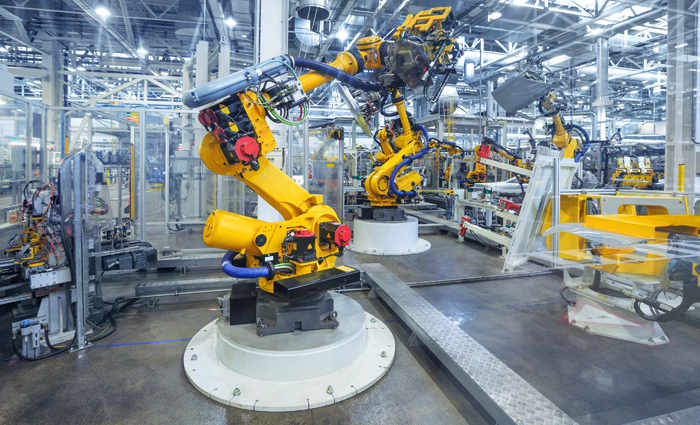Looking Back: How has Lean Management become what it is today?
When Henry Ford introduced the development of the T-model at the beginning of the 19th century, he probably would not have thought that he laid the foundation for today’s production optimization. In order to meet the high demand, he unified the manufacturing processes at that time and was the first company to introduce the mobile assembly line. Ford became a pioneer in mass production, and the T-model he built was soon the world’s best-selling car.
Toyota followed the pioneer: Checking at Ford allowed!
When the Toyota Motor Company was founded in Japan in 1937, it was still a long way from the standardized processes that had been common practice in the US for many years. The CEO of Toyota, Ejii Toyoda and the production manager, Taiichi Ohno, made in 1956 during a visit to the Ford Motor Company a picture of the production processes. They had already developed their own system, Kanban, in which they wanted to include elements of Ford.
Until the 1980s: Toyota created its own production system.
In contrast to the original concept at Ford, Toyota’s production system has produced smaller sets of parts in series. This system has the disadvantage that a missing component in the chain would have far-reaching consequences for the whole process. In order to meet the new requirements with larger production volumes and limited space, Toyota developed the Kanban method over time and introduced just-in-time processes.
The theory also reached Europe in the 1980s
Just-in-time production and Kanban: Introduction at Toyota company-wide.
Kanban is a method in which production processes are depicted as a self-contained cycle. Automatic information is provided by the consumer to the supplier as soon as a certain quantity of a material has been consumed so that it can be replenished immediately and no bottlenecks occur. The information is in the form of a card, the so-called Kanban card. The advantage is that there is no excessive inventory. All resources are used efficiently and a holistic approach is created. Toyota has thus reformed production processes company-wide, including the involvement of suppliers.
Masaaki Imai’s book “Kaizen: The Japanese Key to Success” (1986) brings the theory of continuous improvement to Europe in 1986. The Japanese is the founder of the Kaizen Institute, which supports companies in implementing and introducing Lean and Kaizen processes. “Kai” means “change”, “Zen” literally means “good / better”. Also, Toyota’s production manager, Taaichi Ohno, summed up his experience to create a book, “The Toyota Production System.” Both contributed to spreading theories further in Europe. This was followed by James P. Womack / Daniel T. Jones / Daniel Roos, “The Machine that Changed the World”, New York and numerous other publications on lean management. It is estimated that between 1990 and 2010 about 700 publications were added, which illustrates the importance of philosophy for the production processes today.
Dissemination of process improvement even outside production.
Since the beginning of the 21st century, the application is also found in administrative areas. It has been recognized that Japanese philosophy provides added value that should be extended to all business sectors. This is the only way to pass on the methods and values to all employees and to profit from the advantages in their entirety.
